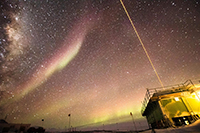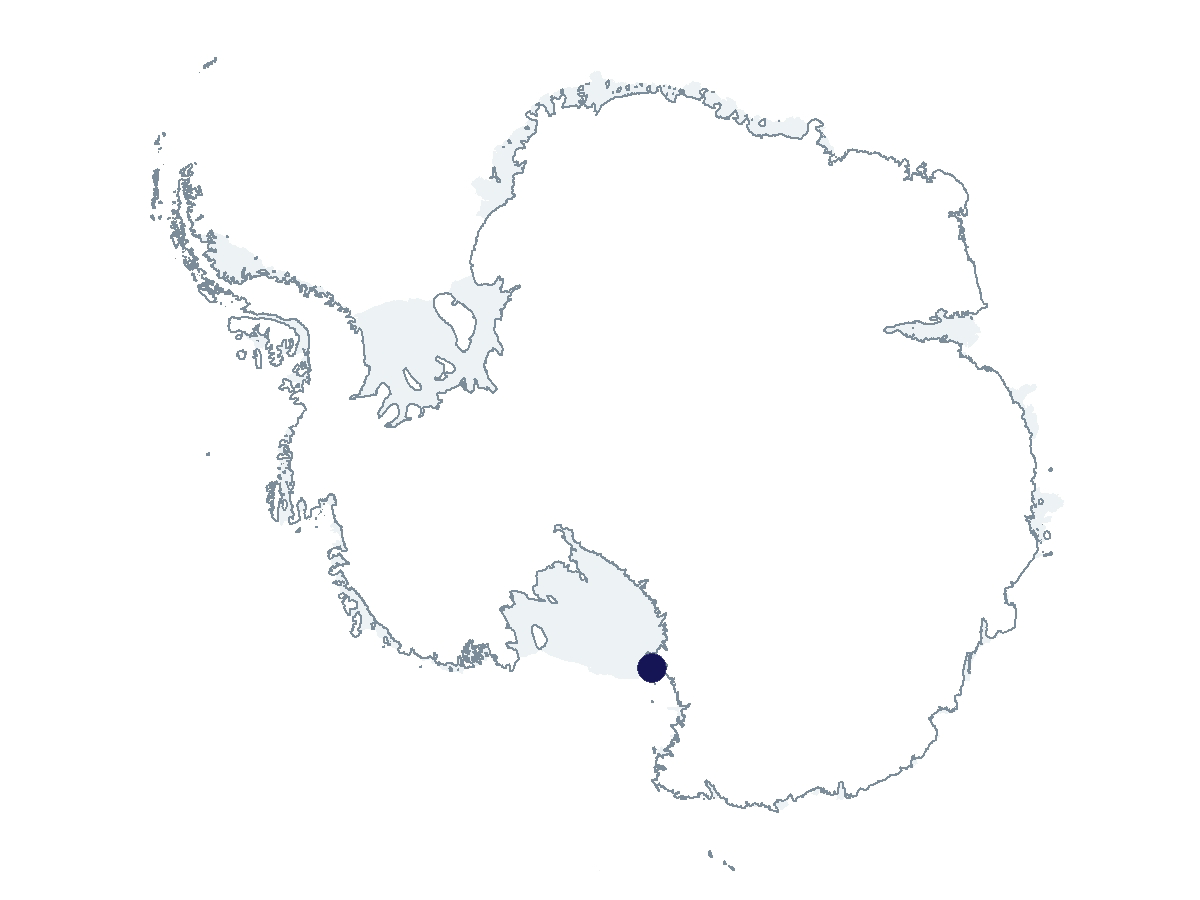2022-2023 USAP Field Season
Project Detail Project TitleCollaborative Research: Fe and Na LiDAR investigations of geospace-atmosphere temperature, composition, chemistry, and dynamics at McMurdo, Antarctica Summary
Event Number:
Program Director:
ASC POC/Implementer: Principal Investigator(s)
Dr. Xinzhao Chu
Project Web Site: Location
Supporting Stations: McMurdo Station DescriptionResearchers on this project operate two narrow-band, multi-frequency Doppler LiDARs at McMurdo Station. These LiDAR can make high-resolution observations of winds and temperatures in the middle and upper atmosphere. Simultaneous observations by the two instruments - a sodium LiDAR and an iron Boltzmann LiDAR - provide unprecedented levels of detail to characterize atmospheric conditions. The instruments have been hosted by Antarctica New Zealand (ANZ) in their Arrival Heights laboratory since late 2010. The observations provide critical data to address key science challenges associated with the space-atmosphere interaction region and, in particular, the sparsely observed high-latitude southern hemisphere. Field Season OverviewFour participants will deploy to restart the McMurdo LiDAR observations in August 2022. The team will travel daily to the site at Arrival Heights to test and calibrate two LiDARs after the refurbishment and restart of the campaign. The PI will spend 3-4 months to train three students who will be the lead winter-over operators in the next three Antarctic winters (2023, 2024, and 2025). A fifth participant will return to the ice to assist summer observations (after the PI leaves the ice) and help the team to get ready for the winter season. Two participants on the team will stay over winter to conduct the LiDAR observations year round. Deploying Team Members
|
2022-2023 Science Planning Summary



For USAP Participants |
For The Public |
For Researchers and EducatorsContact UsU.S. National Science FoundationOffice of Polar Programs Geosciences Directorate 2415 Eisenhower Avenue, Suite W7100 Alexandria, VA 22314 Sign up for the NSF Office of Polar Programs newsletter and events. Feedback Form |



